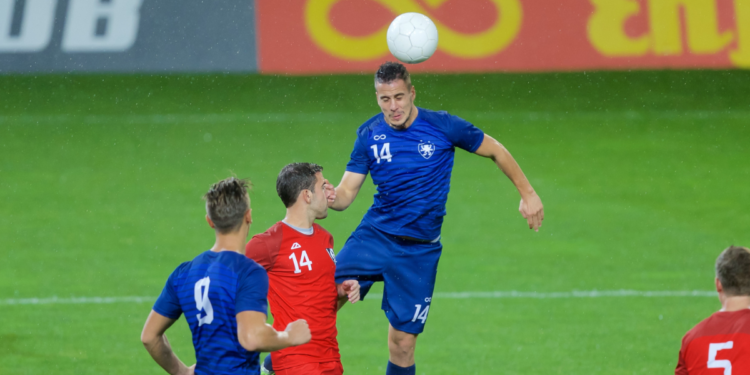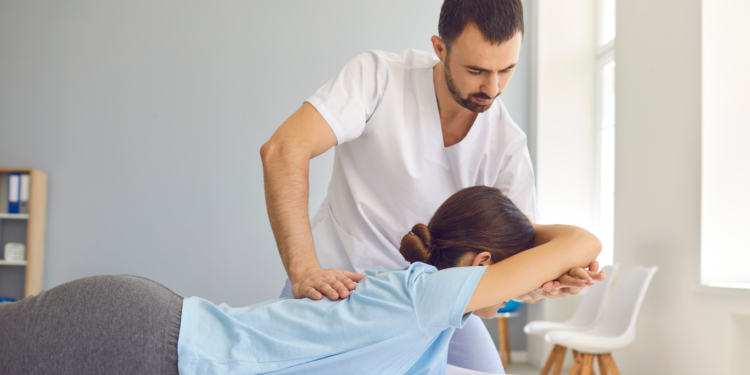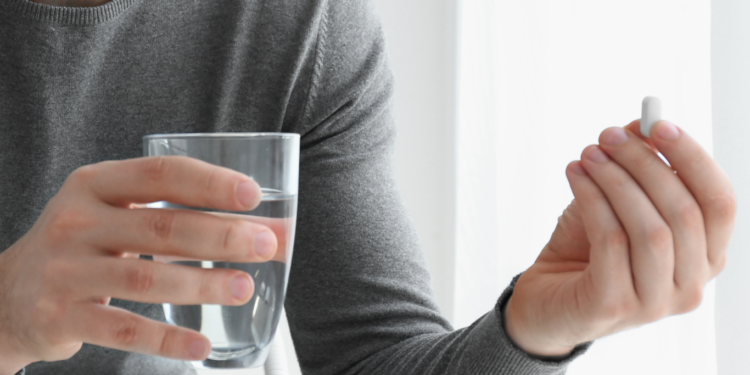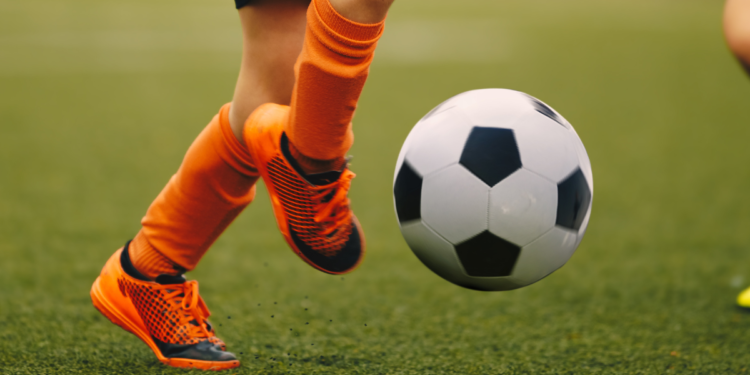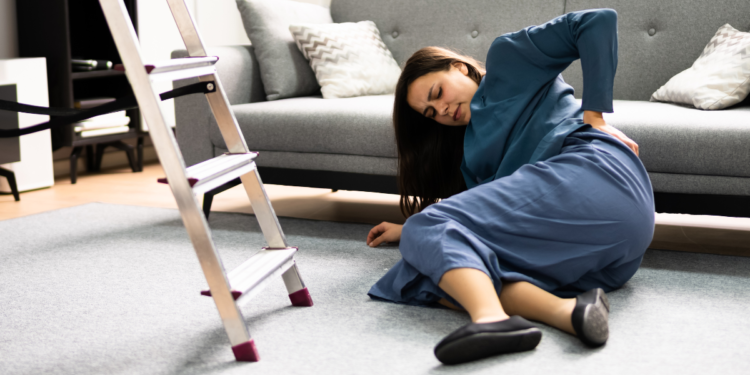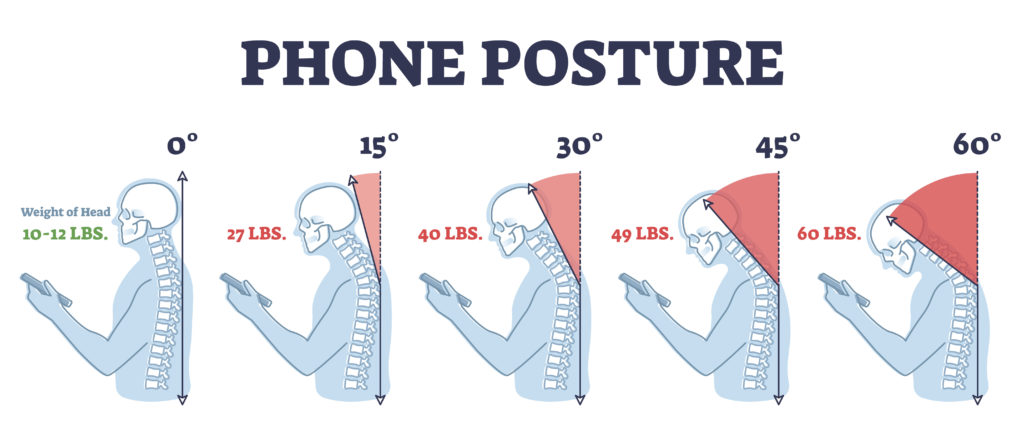Traumatic brain injury (TBI) is an injury caused by a forceful bump, blow or jolt to the head or from an object that forcefully hits the head or pierces the skull. Certainly not all blows to the head result in a TBI, but many do and TBI can have various levels of severity. Those levels range in a wide spectrum from a mild concussion all the way to coma, loss of brain function and even death.
Military members in active combat, those returning home and Veterans are often thought about when considering a traumatic injury to the head caused by explosions, blasts or firearms. The condition commonly occurs in everyday life for civilians as well from things like slips and falls, blunt forces to the head, car accidents/whiplash, work injuries, assaults/violence or common incidents that occur during sports activities.
According to the Brain Trauma Foundation there are an estimated 2.5 million traumatic injuries each year in the U.S. According to a report from the CDC, about 190 Americans died from TBI-related injuries each day in 2021.
Blatant TBI injuries are fairly obvious and in most cases are immediately addressed medically. From a healthcare standpoint, another major concern is that mild TBIs may be easily overlooked and be more likely to go untreated. Such injuries may not have immediate symptoms or may have symptoms that take days to weeks to manifest. This can leave individuals in a very vulnerable position.
Early Intervention Promotes Safety and Healing
If a mild TBI or concussion goes without care and the patient gets hit in the head again, the result is injury on top of injury and the effects can be exponential and dangerous. Mild TBI and concussion may be present even if the event was perceived to be a low impact fall, fender-bender at low speed or a hit to the head during a sporting activity that they try to ‘shake off.’
According to the CDC, there is growing concern about the long-term effects on the brains of people who experience multiple or repeated head impacts. Repeated events that lead to a mild TBI or concussion, and also head impacts that do not cause the person to feel symptoms after a hit to the head are included. Collisions while playing sports is one common way a person may experience repeated impacts to the head.
The important take home point is that injury can exist even if there are no symptoms immediately after the event. Many concussion symptoms may take days or even weeks to appear which is why people should immediately take themselves out of the game and get assessed by a professional that understands concussion protocols.
Sports Correlations
According to TBI.com, the top sports related to the number of head injuries in 2019 were football, basketball, cycling and soccer. Whenever the head can be struck with force, it can result in concussion and repeated incidents are creating long-term ramifications for athletes. With football, a sport that requires helmets, approximately 300,000 concussions occur annually in the U.S.
Of special note is soccer. There are approximately 275 million soccer players in the world active in over 200 countries and territories and it is known as the world’s most popular sport. There are an estimated 128,983 players that are professional.
In soccer, there is a long tradition in the rules that allows players to use their head to strike the ball, called ‘heading,’ where a ball traveling at high velocity is met head on by the player to block its progress. It is one of the leading causes of concussion in the sport. So what may have begun as a single mild traumatic brain injury with little to no symptoms, can quickly become serious when it occurs repeatedly. As with any sport or risky situation, impacted individuals need to be removed from the game or activity, understand the risks and protect themselves from additional impacts that can bring severe complications.
Another sport to note is boxing. Though much smaller numbers participate worldwide, the CDC reported that chronic traumatic brain injury occurs in approximately 20% of professional boxers due to the number and magnitude of impacts over the course of their careers. These athletes have been known to present with varying degrees of motor, cognitive and behavioral impairments and in the most severe of cases, with dementia.
Care and Symptoms
Even if it seems minor at the time, or if no symptoms are currently present, anyone who has suffered an insult to the head from any source should seek an assessment with a professional that understands concussion protocols.
In sports, commonly overlooked impacts could include helmets hitting, a ball or gloved fist to the head, falling off of a bike or any impact or motion that causes a jerking or ‘whipping’ of the neck (such as we see with whiplash injuries). Often such injuries will have a sprain/strain component in the soft tissues, joint dysfunction and in many cases a concussion.
The benefits of chiropractic care have long been acknowledged in professional athletics. Doctors of chiropractic (DCs) can be seen on the sidelines as crucial members of the medical staff for 90% of professional sports organizations including Major League Baseball (MLB), all of the National Hockey League (NHL) teams and all of the teams in the National Football League (NFL). Not only are DCs well-versed in injury care and management, they also work to prevent injuries and provide strategies for athletes to enhance performance.
Whether symptoms start immediately, are delayed or progress over time, red flags to watch for include but are not limited to the following examples:
Cognitive: confusion, concentration difficulty, trouble thinking or recognizing common items, difficulty creating new memories.
Behavioral: abnormal crying, laughing, aggression, irritability or persistent repetition of actions or words.
Whole body: fatigue, dizziness, fainting or blackouts.
Mood: anger, anxiety, loneliness or apathy towards things once cared about.
Eyes: dilated or unequal pupils, raccoon eyes
Gastrointestinal: nausea, vomiting.
Speech: difficulty speaking or slurred speech.
Visual: blurred vision, visual disturbance, and sensitivity to light.
Other: headaches, balance issues, loss of smell, loss of smell, ringing in the ears, sensitivity to sound, neuromusculoskeletal symptoms.
DCs understand injury assessment even in the absence of symptoms, and can help direct patients on what symptoms to watch for and how to manage their healing to prevent complications that could occur from multiple impacts.
